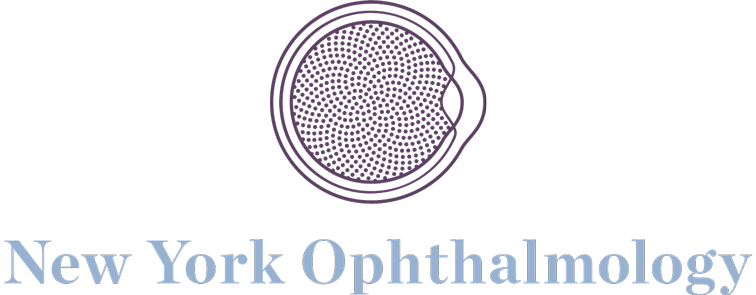
Glaucoma Management
in NYC
Glaucoma is a highly common eye disease, and when left untreated, a leading cause of vision loss. Because it has minimal warning signs, early glaucoma detection and treatment are key to protecting your healthy vision and eyes. Thanks to our specialists, cutting-edge equipment, and individualized treatments, New York Ophthalmology makes glaucoma treatment simple and accessible for all.

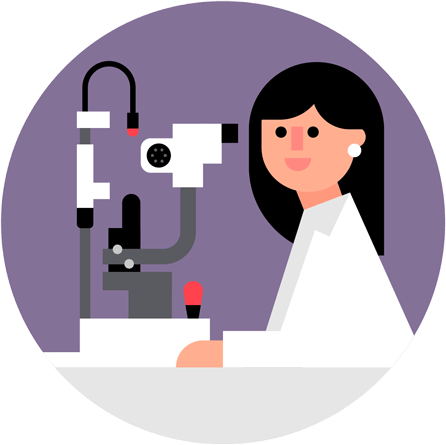
What is Glaucoma?
Glaucoma is the result of abnormally high eye pressure, or intraocular pressure (IOP); if left untreated, this pressure can impair your optic nerve, which sends what you see to your brain. Known as the “Silent Thief of Sight,” glaucoma often has no noticeable symptoms until it’s too late, making early detection and treatment crucial in protecting your eyesight.
In the late stages of glaucoma, common symptoms include blurred vision, tunnel vision, blind spots, eye pain and redness, headaches, and nausea.
Types of Glaucoma
The primary types of glaucoma are open-angle and angle-closure.
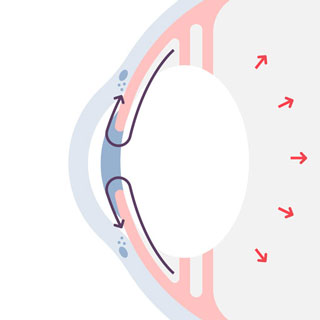
Open-Angle
Glaucoma
Open-angle glaucoma is the most common form of the disease, accounting for more than 90% of cases. In open-angle glaucoma, clogged drainage paths cause fluid and IOP to escalate. This form typically develops over many years.
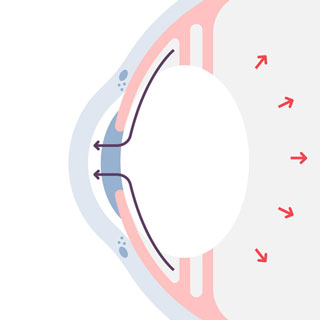
Angle-Closure
Glaucoma
Although angle-closure glaucoma is not as common as open-angle glaucoma, it’s far more urgent and requires prompt medical action. Angle-closure glaucoma occurs when drainage paths are suddenly blocked, causing increased pressure and vision loss.
Meet Your Glaucoma Specialists
If you’re looking for a glaucoma doctor near you, you can trust Cecilia Dong, M.D., and Nathan M. Radcliffe, M.D., to provide the personalized, quality service you deserve. Dr. Dong and Dr. Radcliffe are board-certified ophthalmologists and experienced specialists in glaucoma management. Combining their outstanding experience with state-of-the-art technology, you can count on our doctors to slow or halt your glaucoma progression and preserve your clear, healthy vision.
Glaucoma Treatment and Diagnosis at NYOPH
The earlier we catch glaucoma, the earlier we can start managing it. That’s why our doctors only use the latest diagnostic equipment, like the visual field analyzer and handheld electroretinography (ERG) system. Once they have a full understanding of your eye health and lifestyle, our glaucoma specialists will match your vision needs with a customized treatment plan.
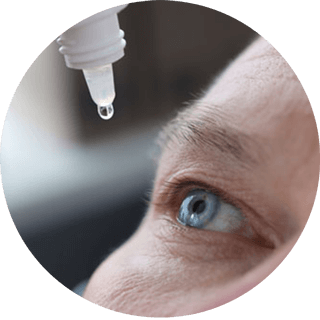
Pills & Drops
To help protect your optic nerve, our doctors may suggest you take glaucoma medication to lower eye pressure and drain fluid from the eyes. Prescription eye drops and pills are common IOP management options that can be used alone, or combined, to help the eyes drain more effectively or lessen the amount of fluid produced.

Laser Eye Surgery
In addition to glaucoma pills and eye drops, our doctors may suggest laser eye surgery, a straightforward procedure they can perform in-office, to further reduce eye pressure and help drain fluids. Since laser eye surgery is a step up from a medication, our doctors will thoroughly discuss if this is the best treatment plan for your case.

Minimally Invasive Glaucoma Surgery (MIGS)
We’re proud to offer minimally invasive glaucoma surgery (MIGS), an advanced and often safer alternative to older glaucoma procedures. MIGS helps improve the natural drainage pathways to lower IOP and prevent optic nerve damage with less dependence on management tools like pills or drops. Our very own Dr. Radcliffe is a MIGS innovator and trusted instructor.
